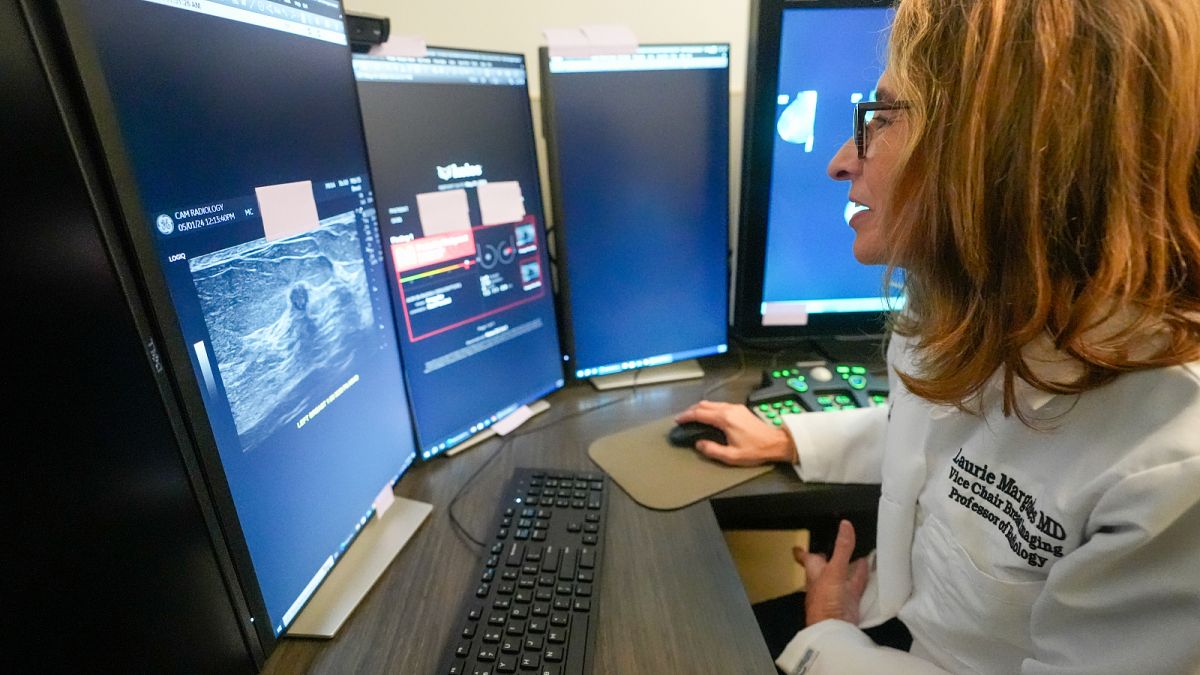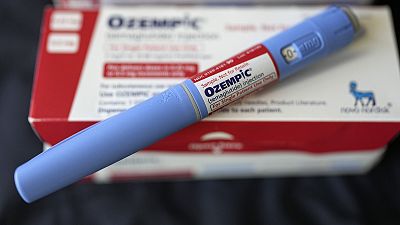Some say AI can perform better than radiologists, but it's not being used widely in radiology practices
As an increasing number of artificial intelligence (AI) algorithms promise to improve accuracy and speed up the work of radiologists, some have wondered if the programmes will replace these doctors or ease their workload.
“Some of the AI techniques are so good, frankly, I think we should be doing them now,” said Dr Ronald Summers, a radiologist and AI researcher at the National Institutes of Health.
“Why are we letting that information just sit on the table?”
No wide adoption of AI programmes
Summers' lab has developed computer-aided imaging programs that detect colon cancer, osteoporosis, diabetes and other conditions.
But they haven't been widely adopted, which he attributes to the “culture of medicine,” among other factors.
While radiologists have used computers to enhance images since the 1990s, AI programs go further to offer possible diagnoses or even draft reports from the findings.
The algorithms are often trained on millions of X-rays and other images collected from hospitals.
US regulators have given the green light to more than 700 AI algorithms to help doctors, with more than 75 per cent of them in radiology. Yet just two per cent of radiology practices use such technology, according to one recent estimate.
Scepticism
Radiologists are sceptical of the programmes for multiple reasons including limited real-world testing, lack of transparency about how they work, and questions about the demographics of the patients used to train them.
“If we don’t know on what cases the AI was tested, or whether those cases are similar to the kinds of patients we see in our practice, there’s just a question in everyone’s mind as to whether these are going to work for us,” said Dr Curtis Langlotz, a radiologist who runs an AI research centre at Stanford University.
To date, all the programs cleared by the US Food and Drug Administration (FDA) require a human to be in the loop.
European regulators in 2022 approved the first fully automatic software that reviews and writes reports for chest X-rays that look healthy and normal. The company behind the app, Oxipit, is submitting its US application to the FDA.
The need for such technology in Europe is urgent, with some hospitals facing months-long backlogs of scans due to a shortage of radiologists.
In the US, that kind of automated screening is likely years away because radiologists aren’t yet comfortable turning over routine tasks to algorithms.
“We try to tell them they’re overtreating people and they’re wasting a ton of time and resources,” said Chad McClennan, CEO of Koios Medical, which sells an AI tool for ultrasounds of the thyroid, the vast majority of which are not cancerous.
“We tell them, ‘Let the machine look at it, you (review and) sign the report and be done with it’”.
Radiologists tend to overestimate their own accuracy, McClennan says. Research by his company found physicians viewing the same breast scans disagreed with each other more than 30 per cent of the time on whether to do a biopsy. The same radiologists even disagreed with their own initial assessments 20 per cent of the time, when viewing the same images a month later.
Like autopilot
Experts say AI could work like autopilot systems on planes in the near term, performing important navigation functions, but always under the supervision of a human pilot.
That approach offers reassurances to both doctors and patients, says Dr Laurie Margolies, of Mount Sinai hospital network in New York. The system uses Koios breast imaging AI to get a second opinion on breast ultrasounds.
“I will tell patients, 'I looked at it, and the computer looked at it, and we both agree,'” Margolies said. “Hearing me say that we both agree, I think that gives the patient an even greater level of confidence".
The first large, rigorous studies testing AI-assisted radiologists against those working alone give hints at the potential improvements.
Initial results from a Swedish study of 80,000 women showed that AI-supported breast screening detected 20 per cent more cancers compared to two radiologists.
Using AI instead of a second reviewer decreased the human workload by 44 per cent, according to the study.
Still, the study’s lead author says it's essential that a radiologist make the final diagnosis in all cases.
If an automated algorithm misses a cancer, "that’s going to be very negative for trust in the caregiver,” said Dr Kristina Lang of Lund University.
The question of who could be held liable in such cases is among the thorny legal issues that have yet to be resolved.
Looking over your shoulder
One result is that radiologists are likely to continue double-checking all AI determinations, lest they be held responsible for an error. That’s likely to wipe out many of the predicted benefits, including reduced workload and burnout.
Only an extremely accurate, reliable algorithm would allow radiologists to truly step away from the process, says Dr. Saurabh Jha of the University of Pennsylvania.
Until such systems emerge, Jha likens AI-assisted radiology to someone who offers to help you drive by looking over your shoulder and constantly pointing out everything on the road.
“That’s not helpful,” Jha says.
“If you want to help me drive then you take over the driving so that I can sit back and relax".



